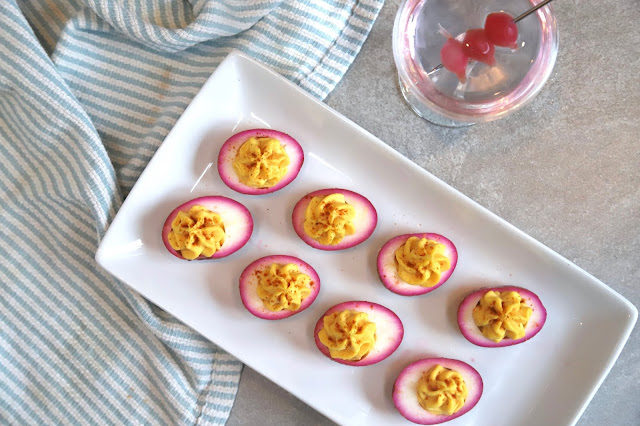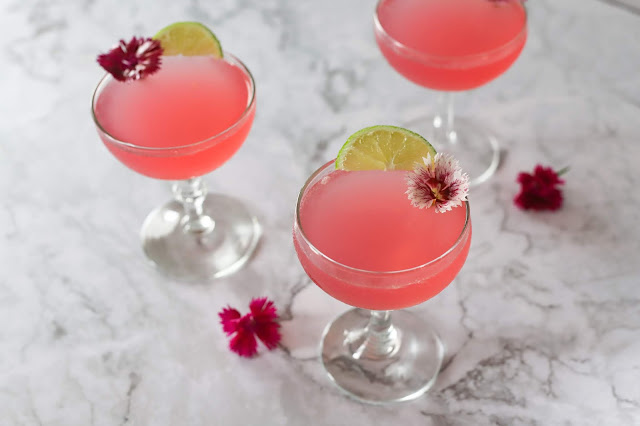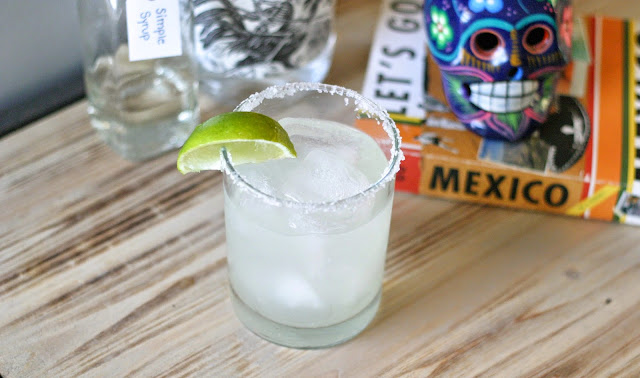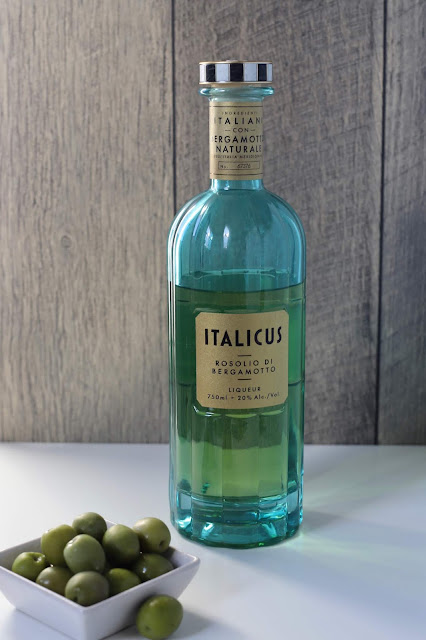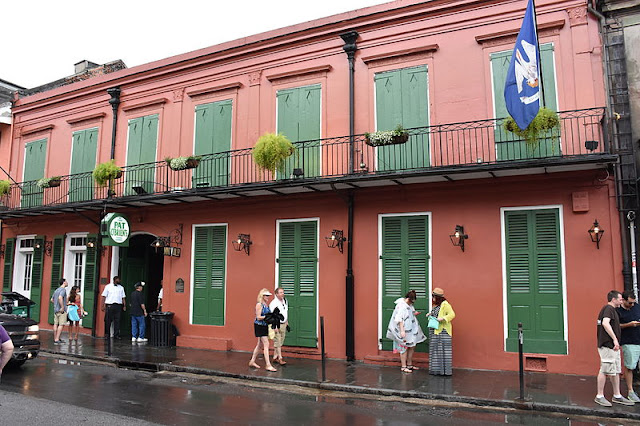There are two things that I always order if I see them on a menu: pretzels and deviled eggs. I don't mean like a baggie of pretzels, obviously, but a nice big soft one with mustard dip or maybe some beer cheese. And deviled eggs are self-explanatory. I love a creamy, tangy deviled egg. I will eat an entire order myself if I have to.
With this in mind, I've already posted a recipe for delicious, surprisingly easy pretzel bites, but I've never posted deviled eggs. I can't even remember the last time I made deviled eggs myself rather than just ordering them at a restaurant. The basic version is quite simple: the yolks are blended with mayonnaise, mustard, and vinegar. But everyone has their own little touch, whether it's subtle like curry powder or something more interesting (the best ones I've had recently had salmon roe hidden under the filling and were topped with crumbled potato chips). I didn't want to post just any deviled eggs.
And so, I give you: Beet-pickled Deviled Eggs.

This genius twist on the recipe was not my idea; I got it from Pinterest, where photos of these neon-pink-edged eggs are, as you can imagine, rather popular. But pickling the eggs doesn't just give them color, it also imbues them with a tangy and sweet flavor that elevates them way above other deviled eggs I've had. And yes, they're also gorgeous.
I came up with my own recipe for the filling on these, and did add one unique touch that I'm pretty proud of: miso paste. The sweetness of the pickling brine really needs some additional umami flavor to balance it out, and the miso does this perfectly. I would definitely add it to a traditional recipe as well!
And while the eggs were pickling, I threw in some spring onions for Gibsons. Why not?

Beet-Pickled Deviled Eggs
For the pickling:1 jar pickled beets
1 cup apple cider vinegar
1/4 cup brown sugar
1 tbsp. whole peppercorns
1 tsp. salt
6 eggs, boiled and peeled*
For the filling:
3 tbsp. mayonnaise
1 tsp. Dijon mustard
1/2 tsp. miso paste
1/2 tsp. apple cider vinegar
1/2 tsp. lemon juice
1 dash salt
Combine all of the ingredients for the pickling solution in a large bowl or jar and stir well. Be careful, as the beet brine will stain! Carefully add the eggs. Try to bury them under the beets so that they are completely submerged. Any part of an egg not under the brine will come out a lighter pink than the rest. Let sit in the fridge for about 16 hours. The longer they pickle, the more of the interior will be pink. The flavor will also become more intense.
After the pickling is done, remove the eggs with a slotted spoon and blot on a paper towel. Carefully cut them in half and remove the yolks, placing them in a bowl. Add filling ingredients and mash with a fork or beat with an electric mixer until very smooth. Adjust seasonings to taste.
Fill egg halves with the filling using a pastry bag or frosting gun. Top with a little paprika and serve.
*I don't want to tell you how to boil an egg, but actually I kind of do. I tried the method recommended by The Kitchn and it was a disaster - I took off big chunks of the whites in the process. So I switched to this one and it was perfection: bring the water to a rolling boil, add the eggs straight from the fridge, and boil them for 12 minutes. Remove them with a slotted spoon and put them in ice water for five minutes. Start peeling from the broader end, where the air pocket usually is. Voilà!
Pickling recipe adapted from The Kitchn.

